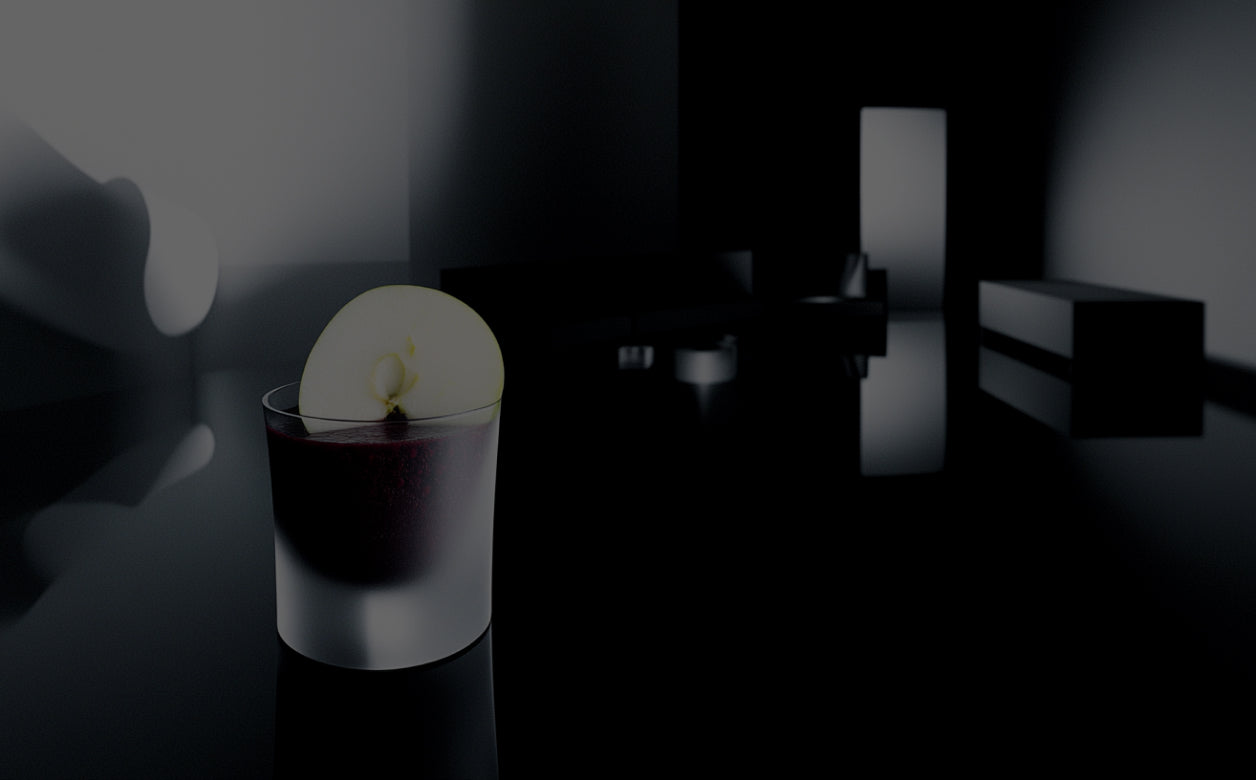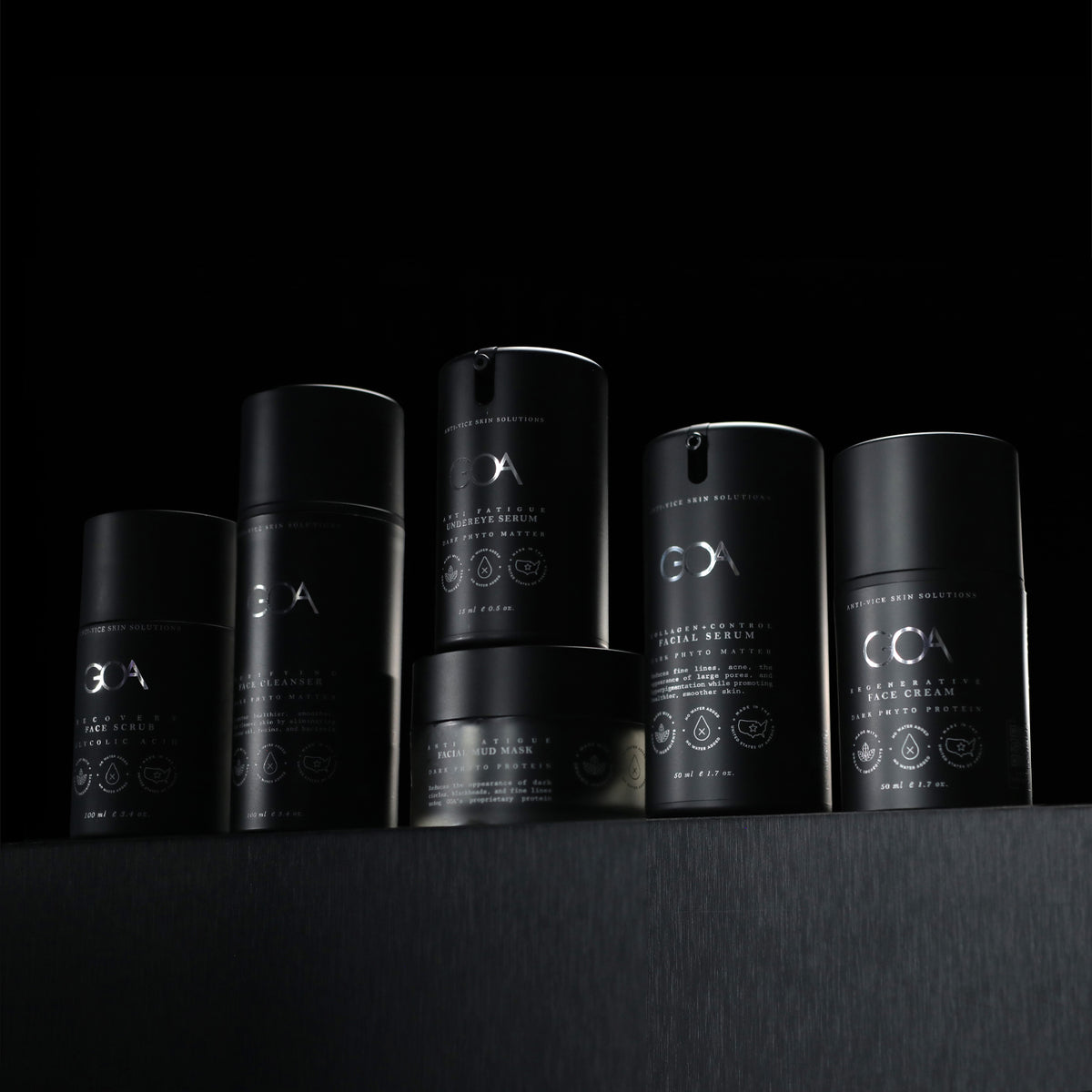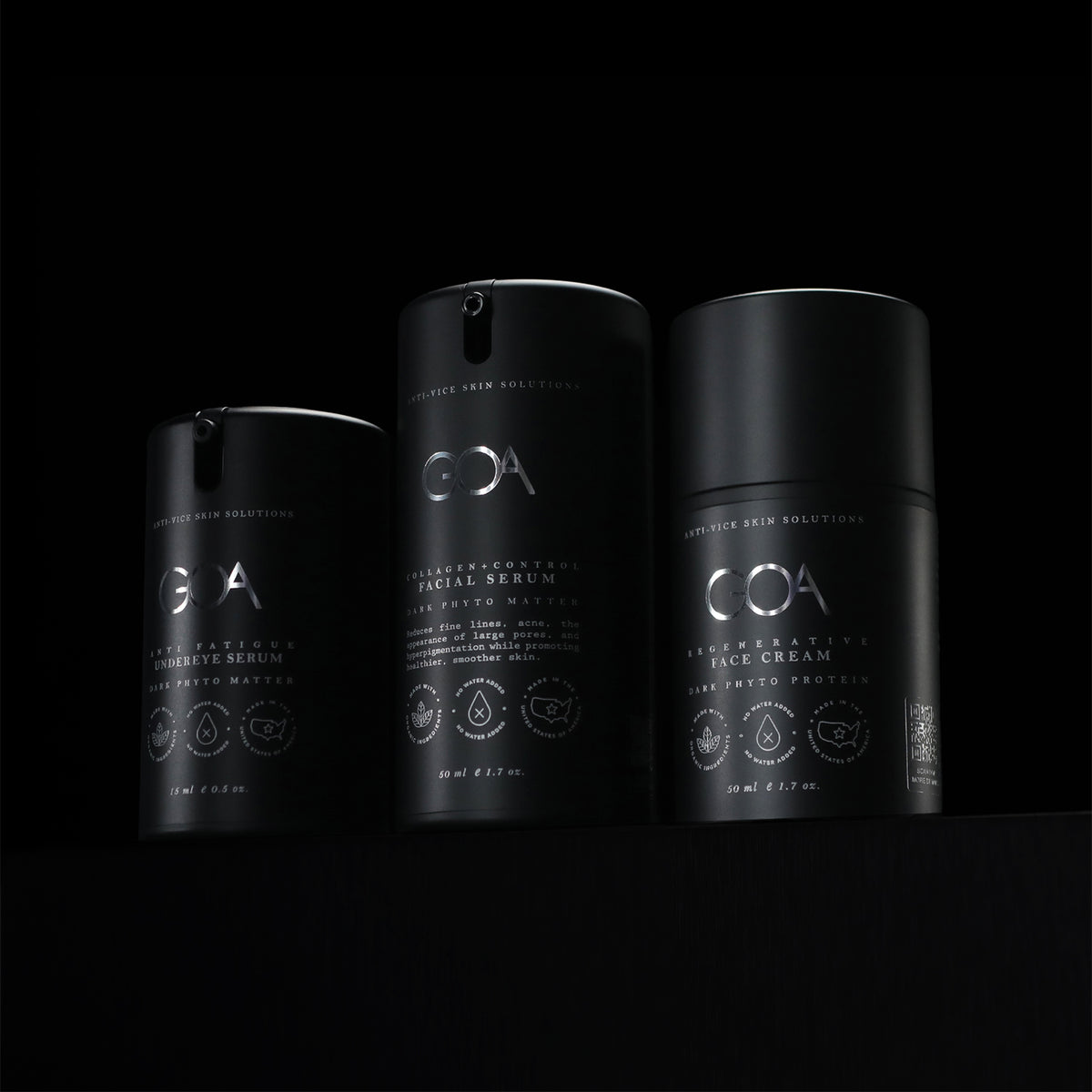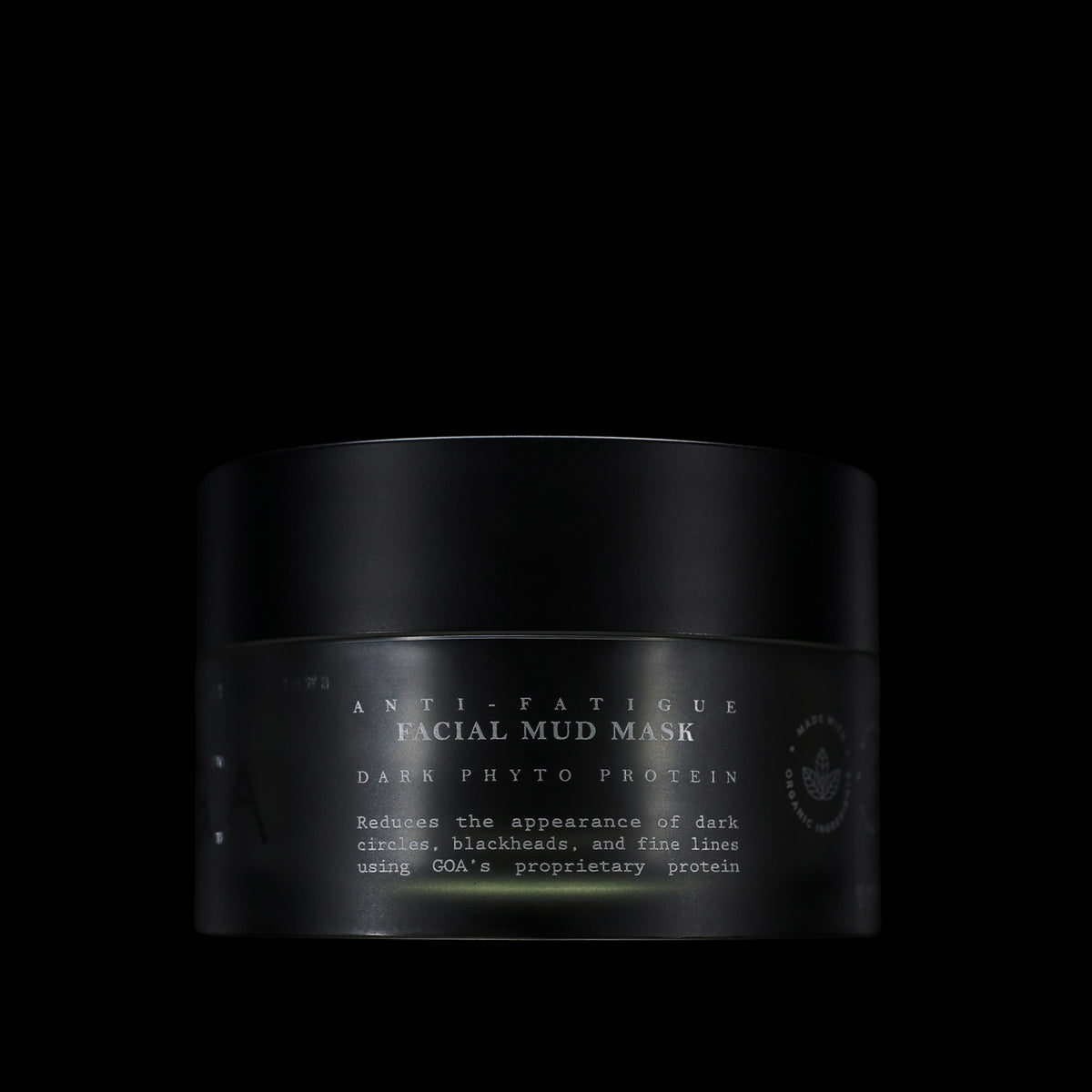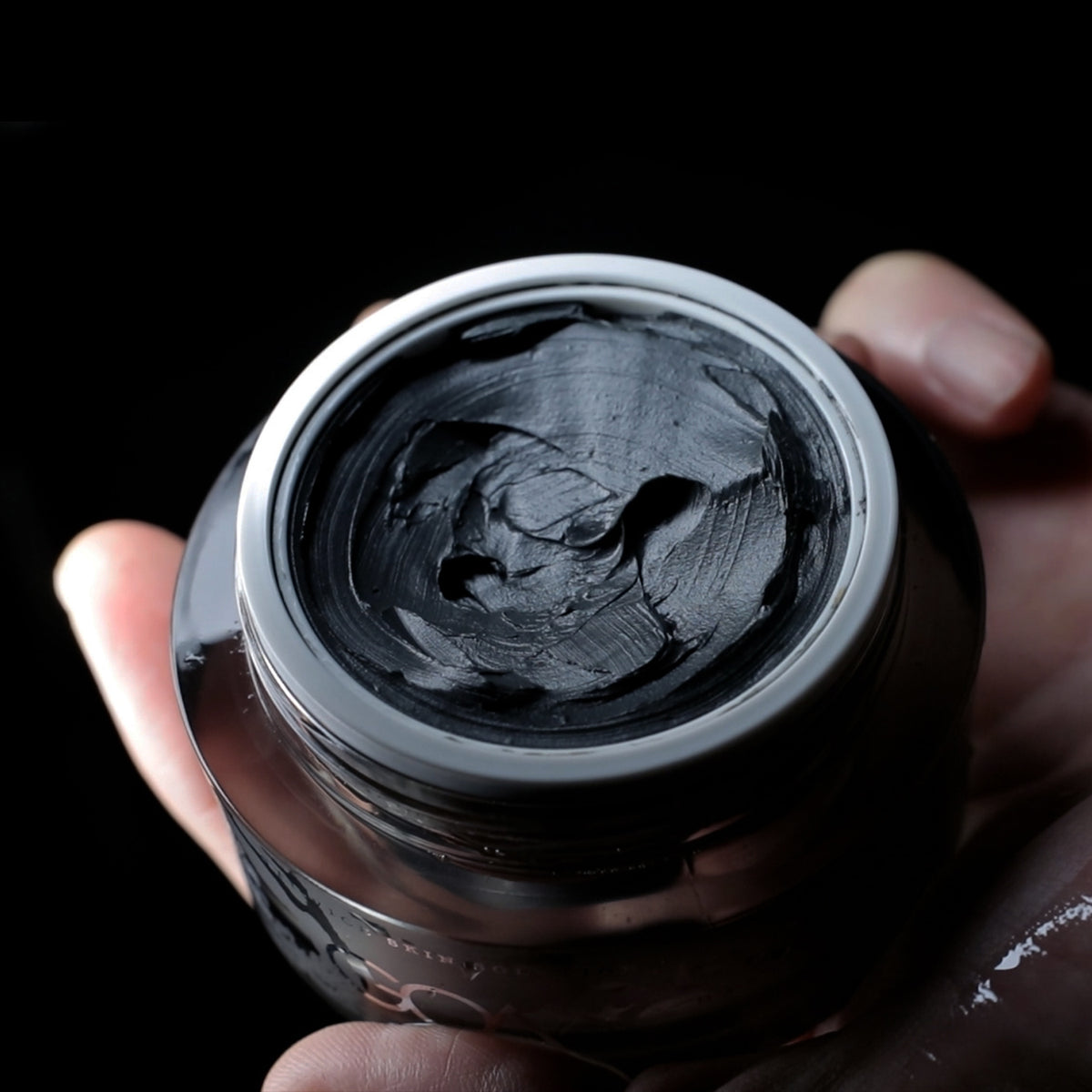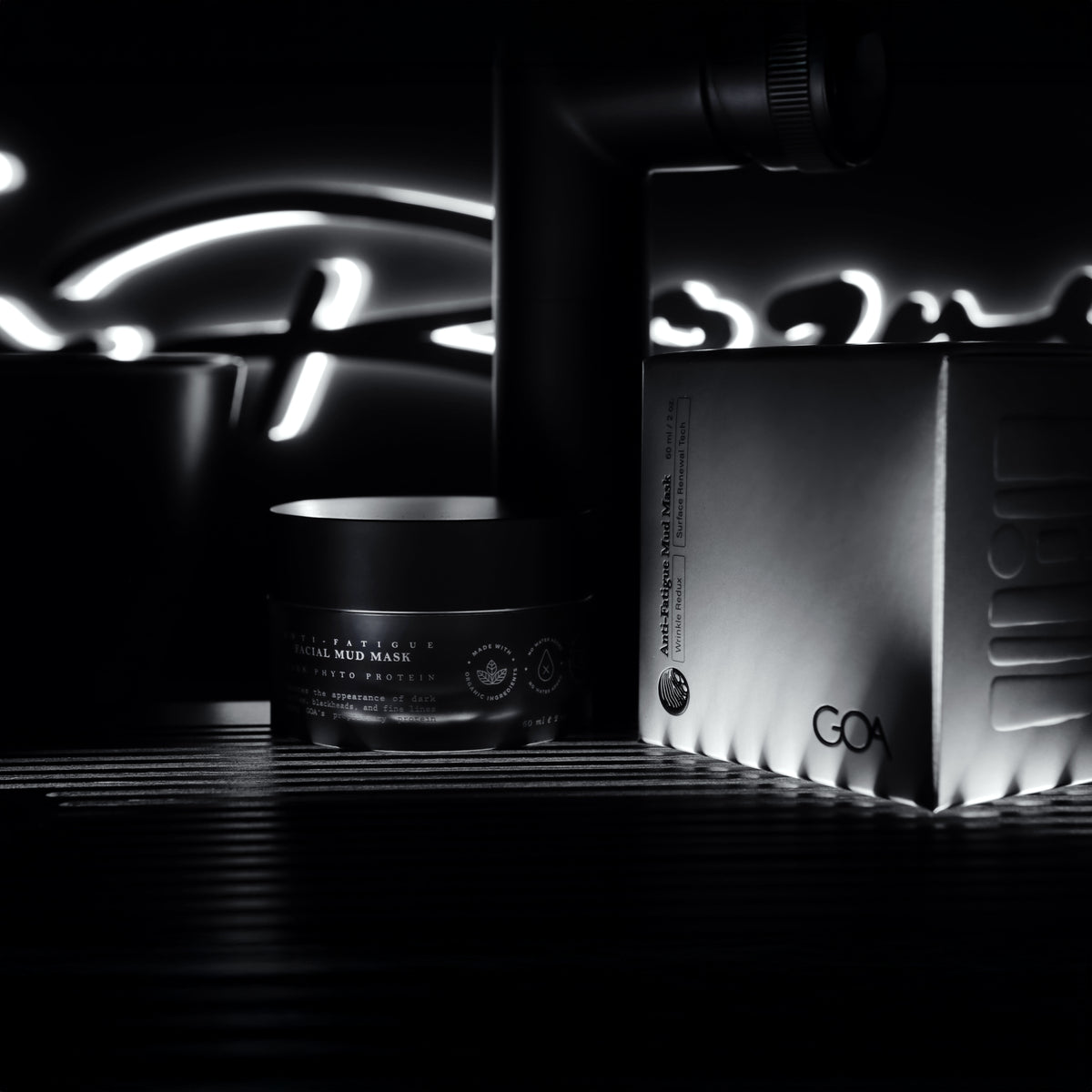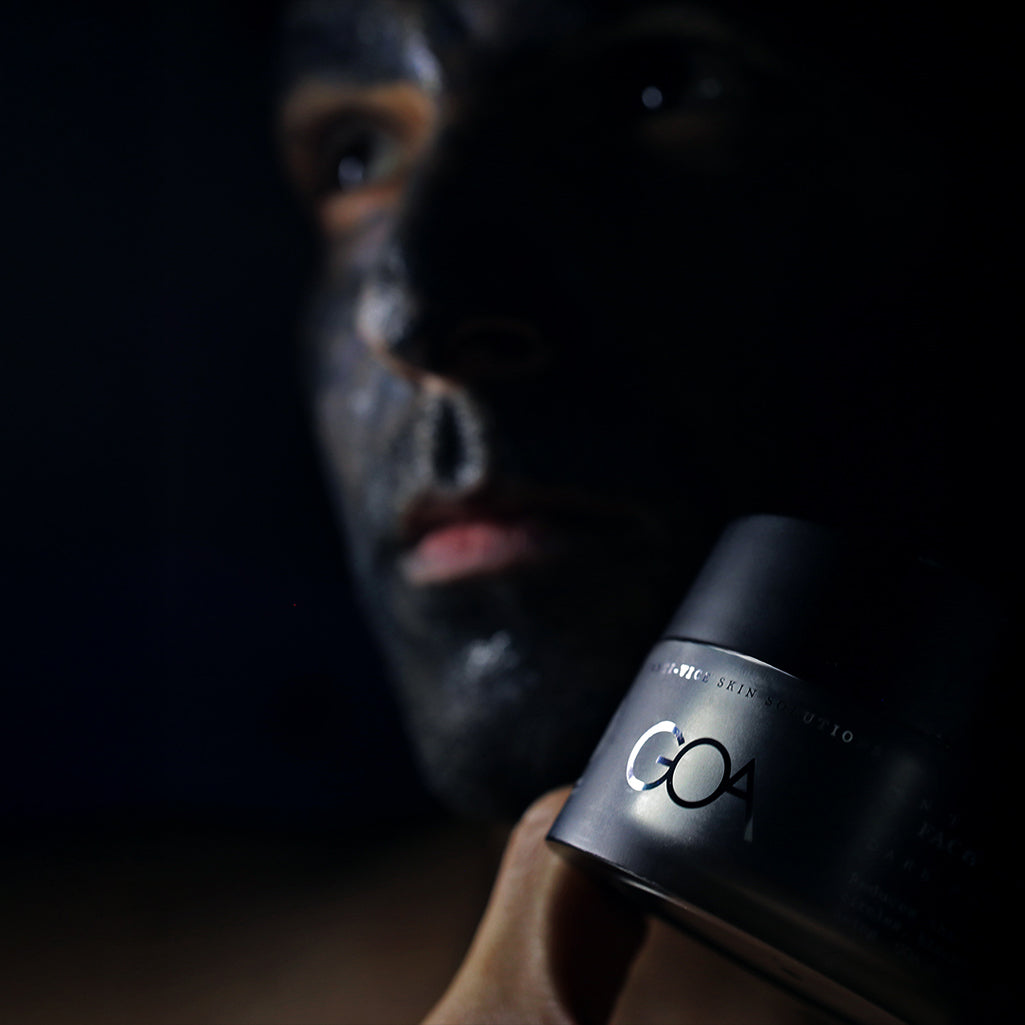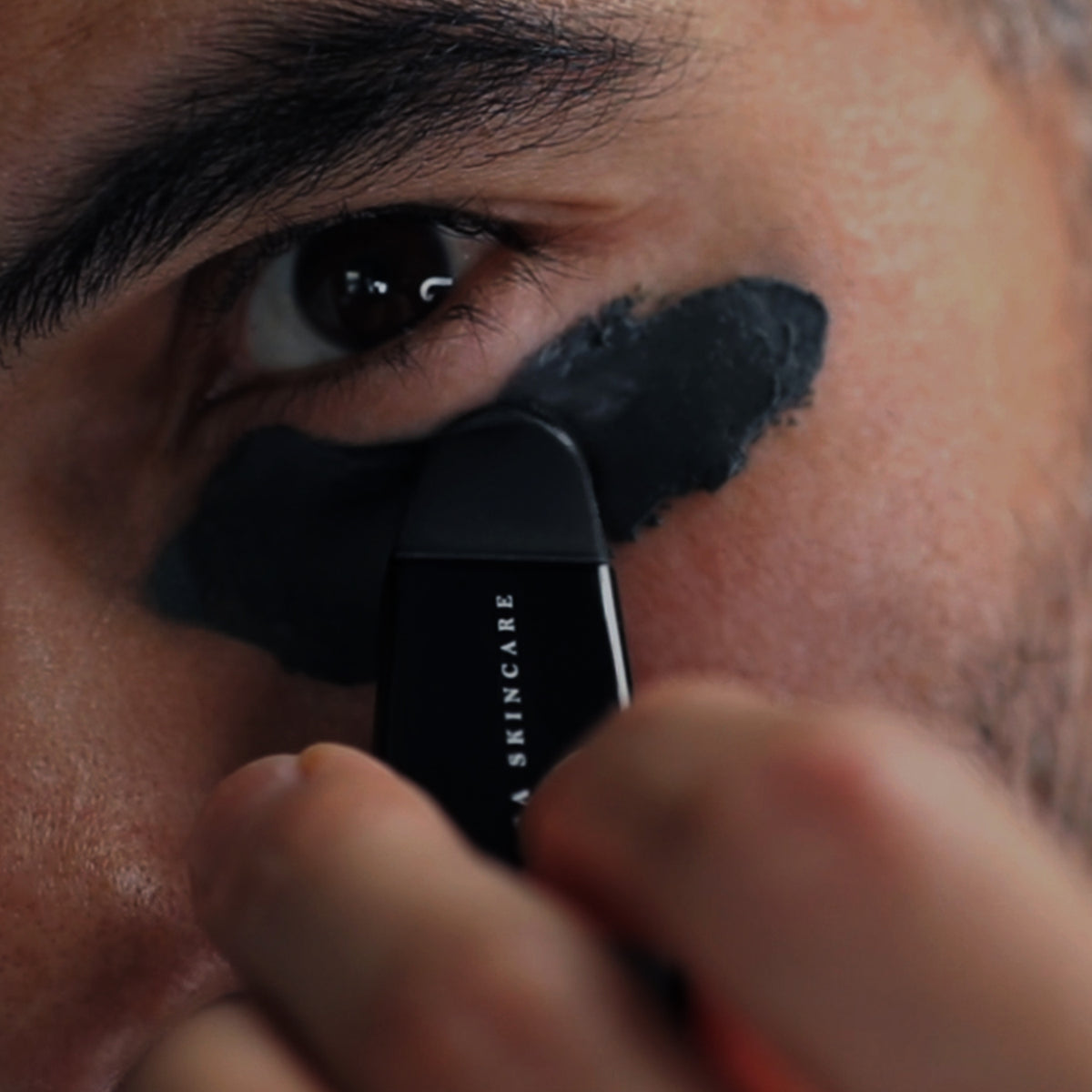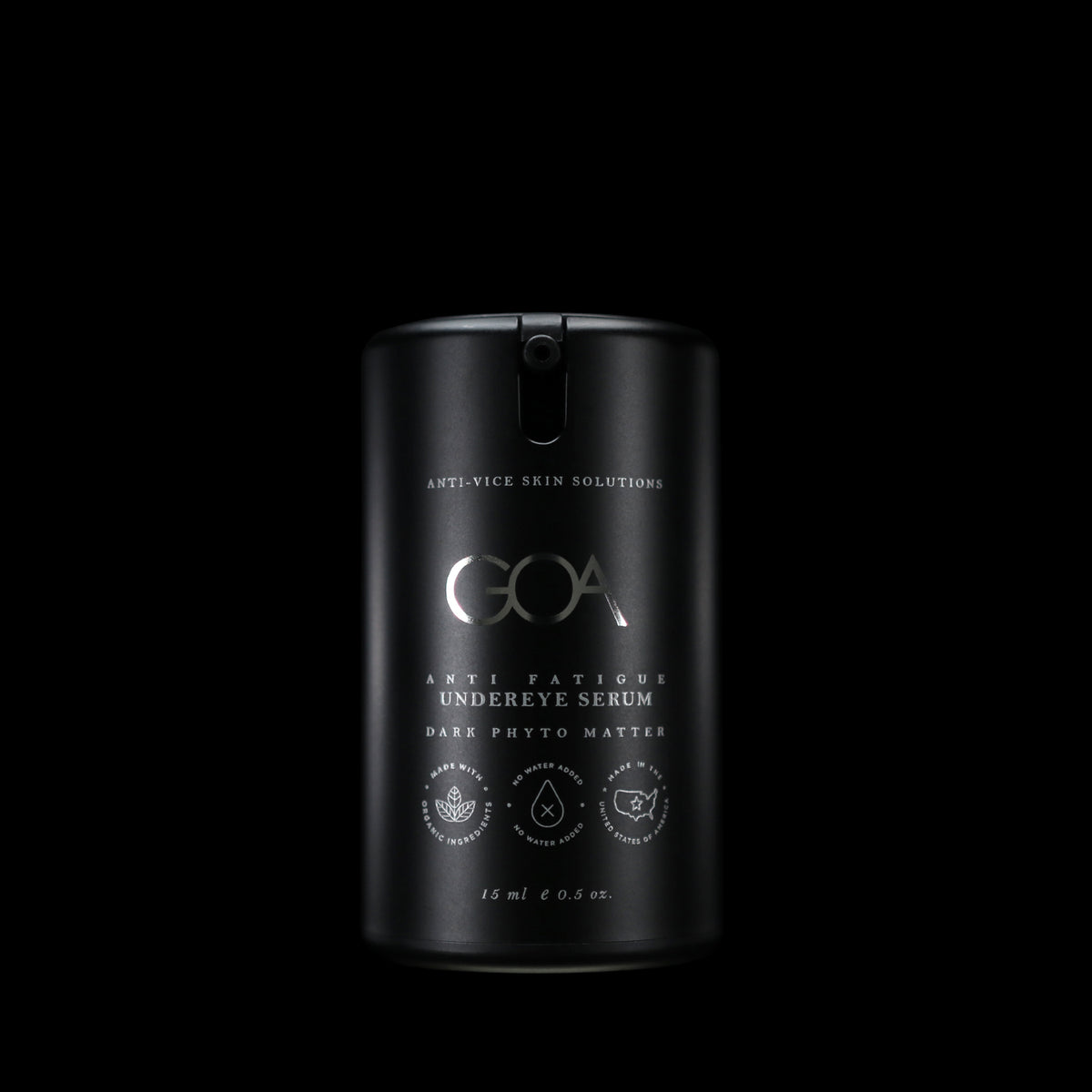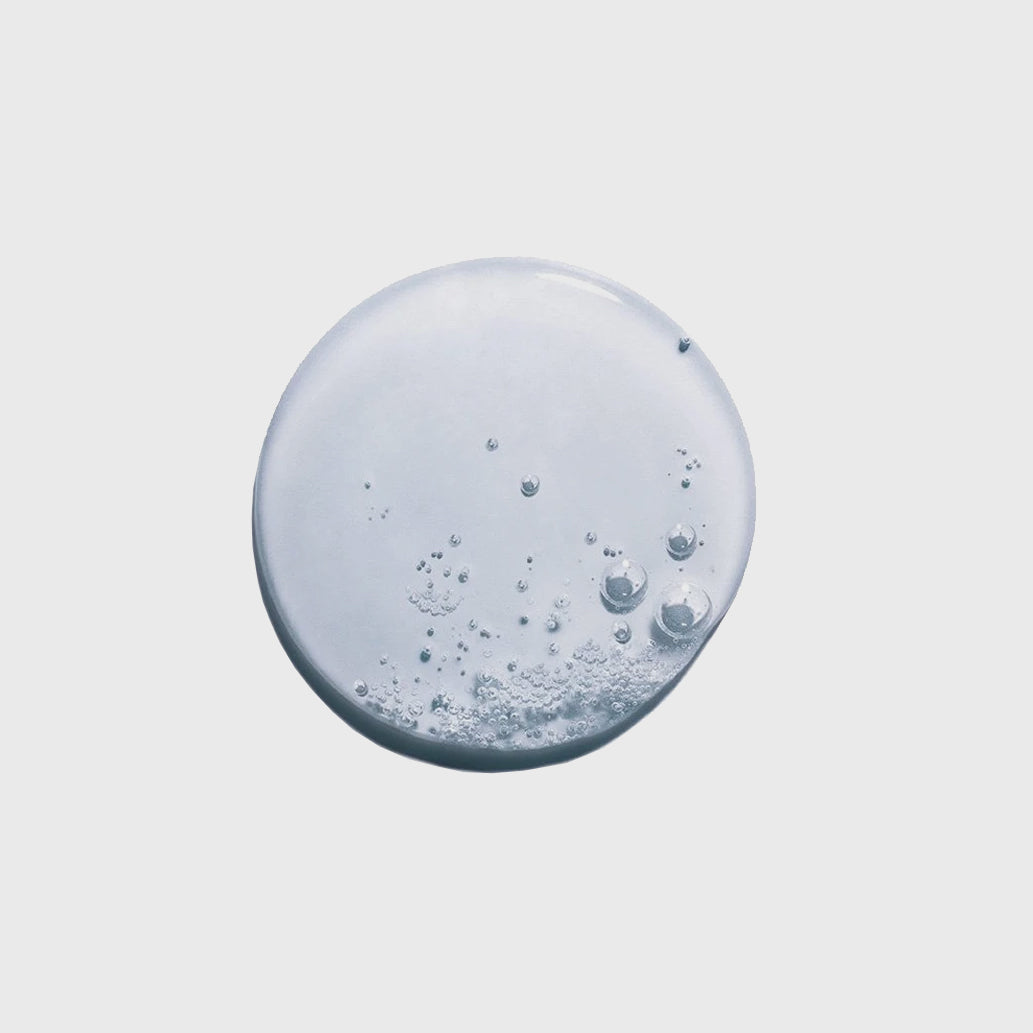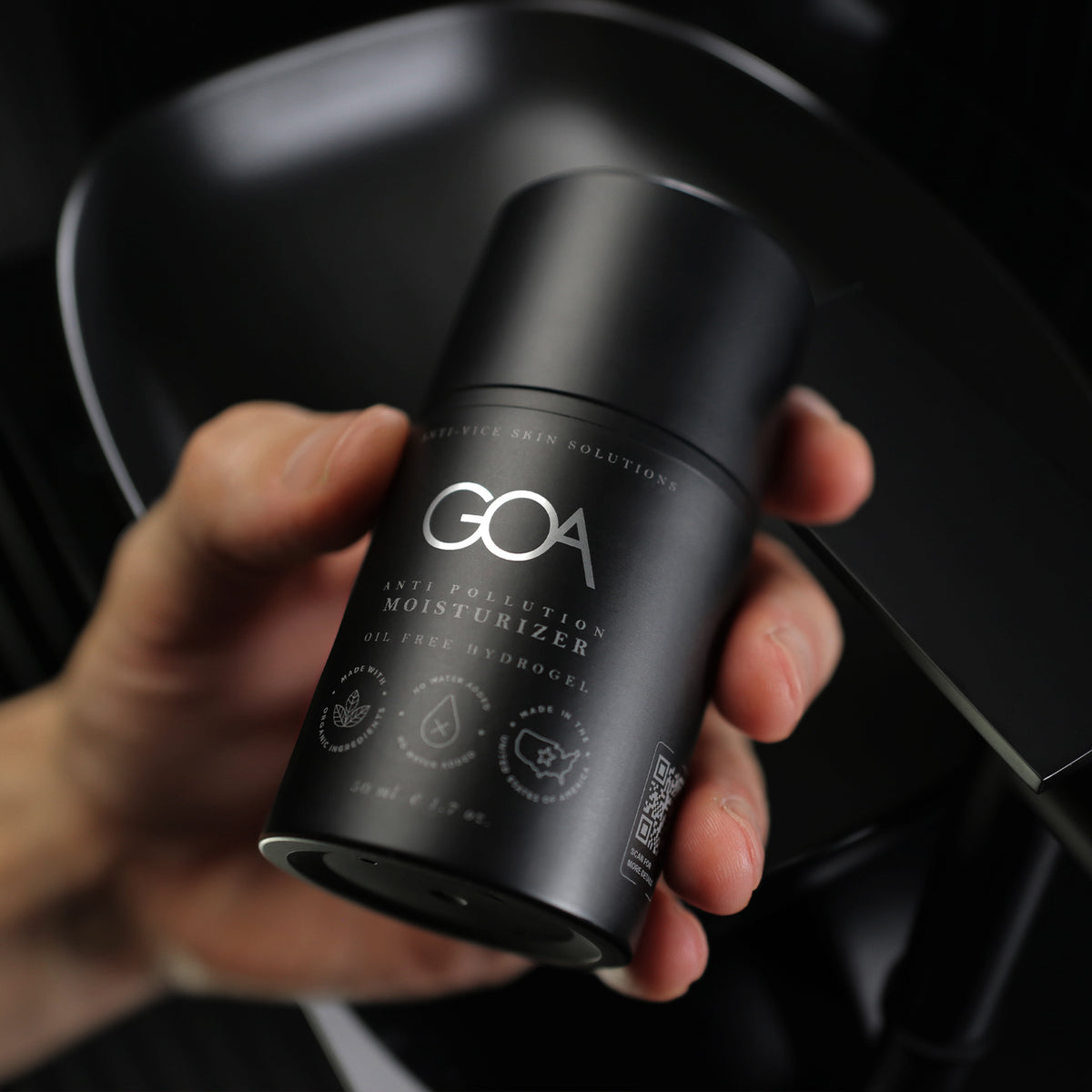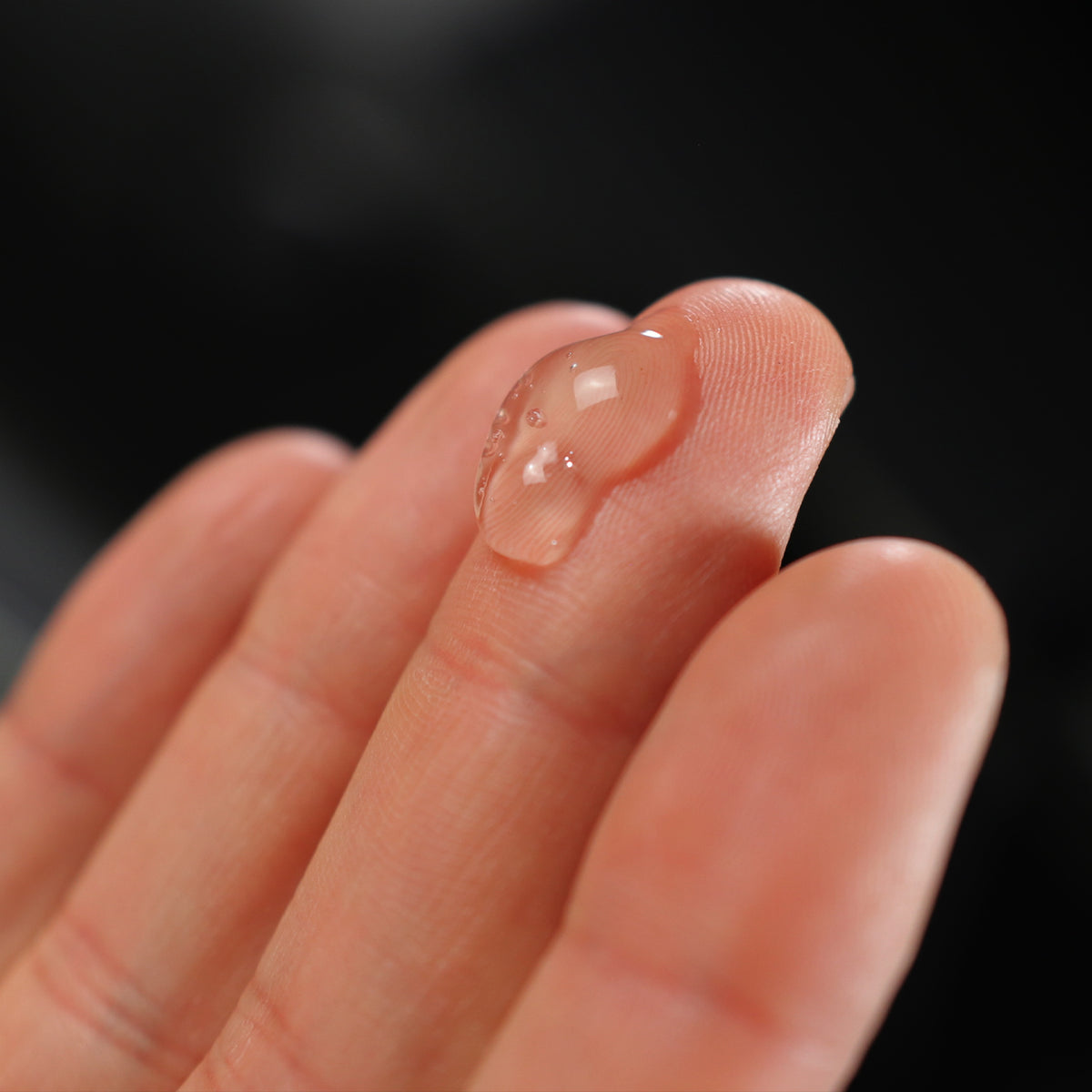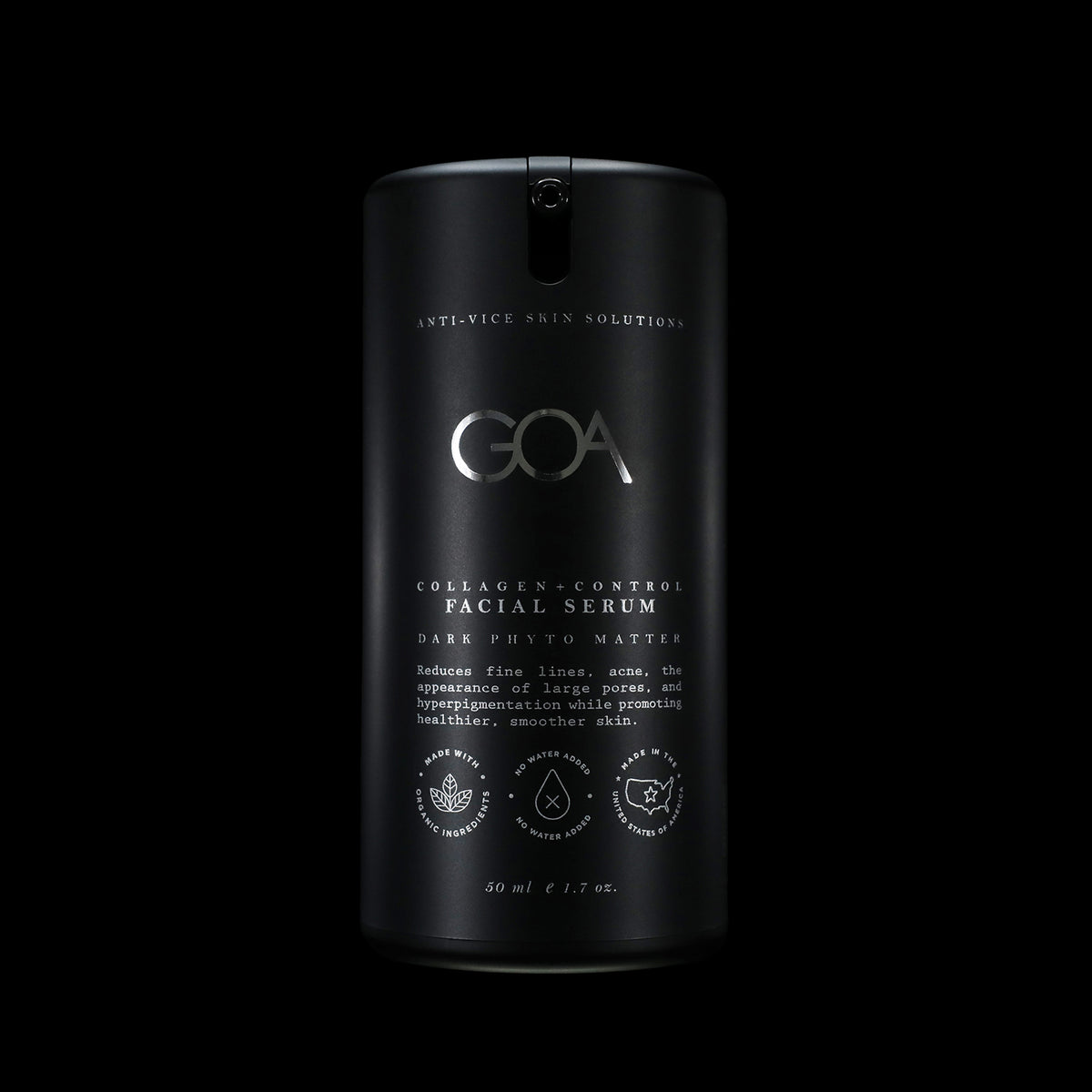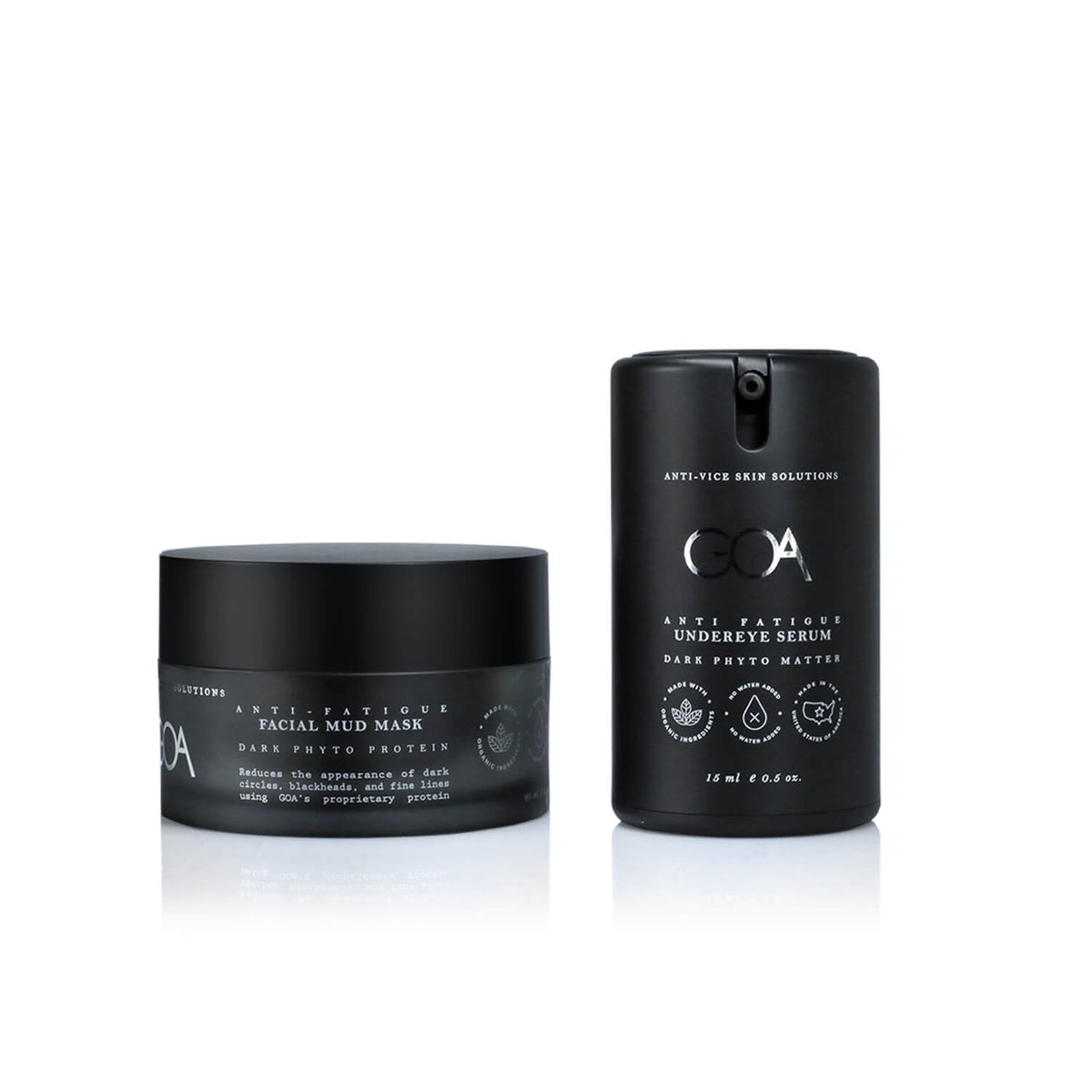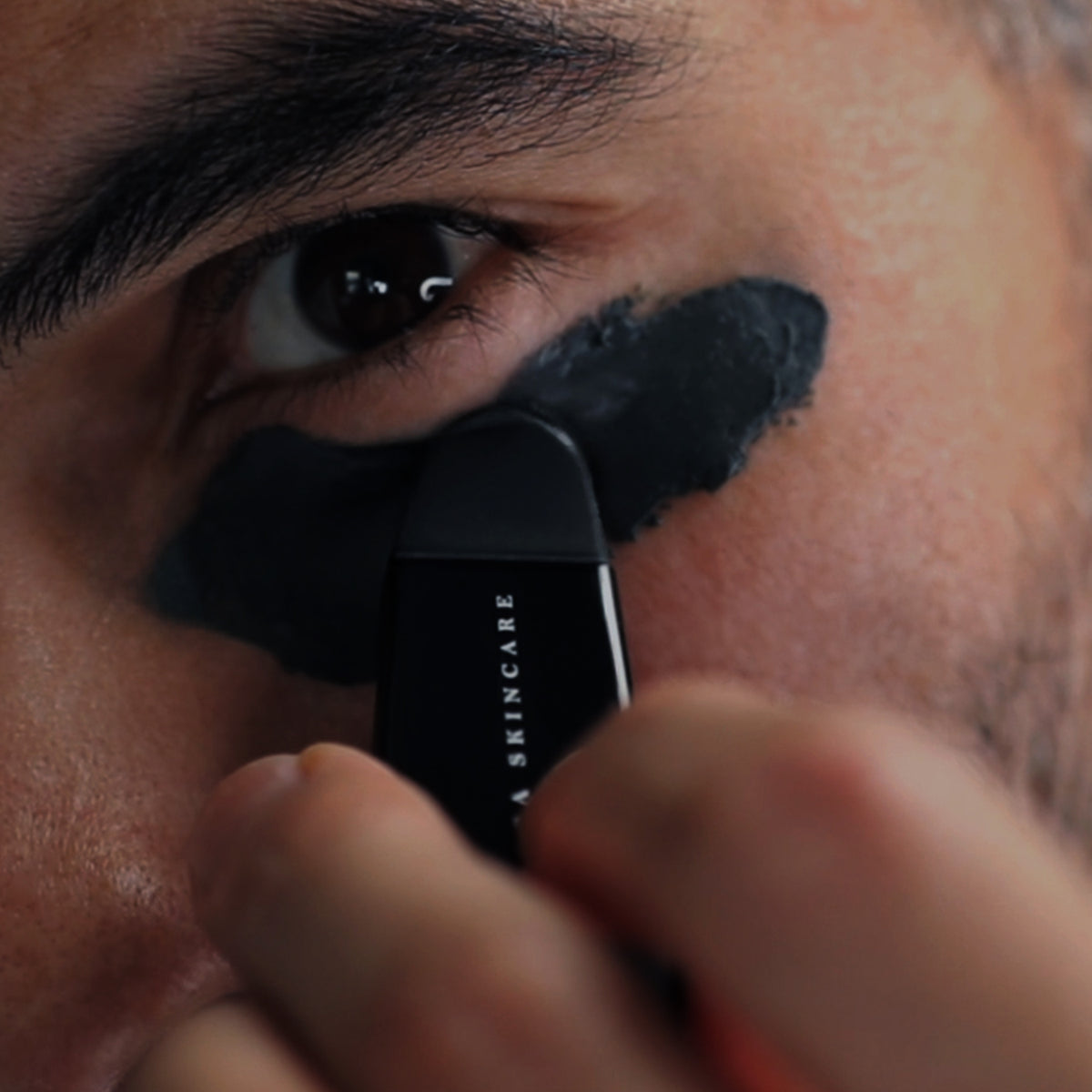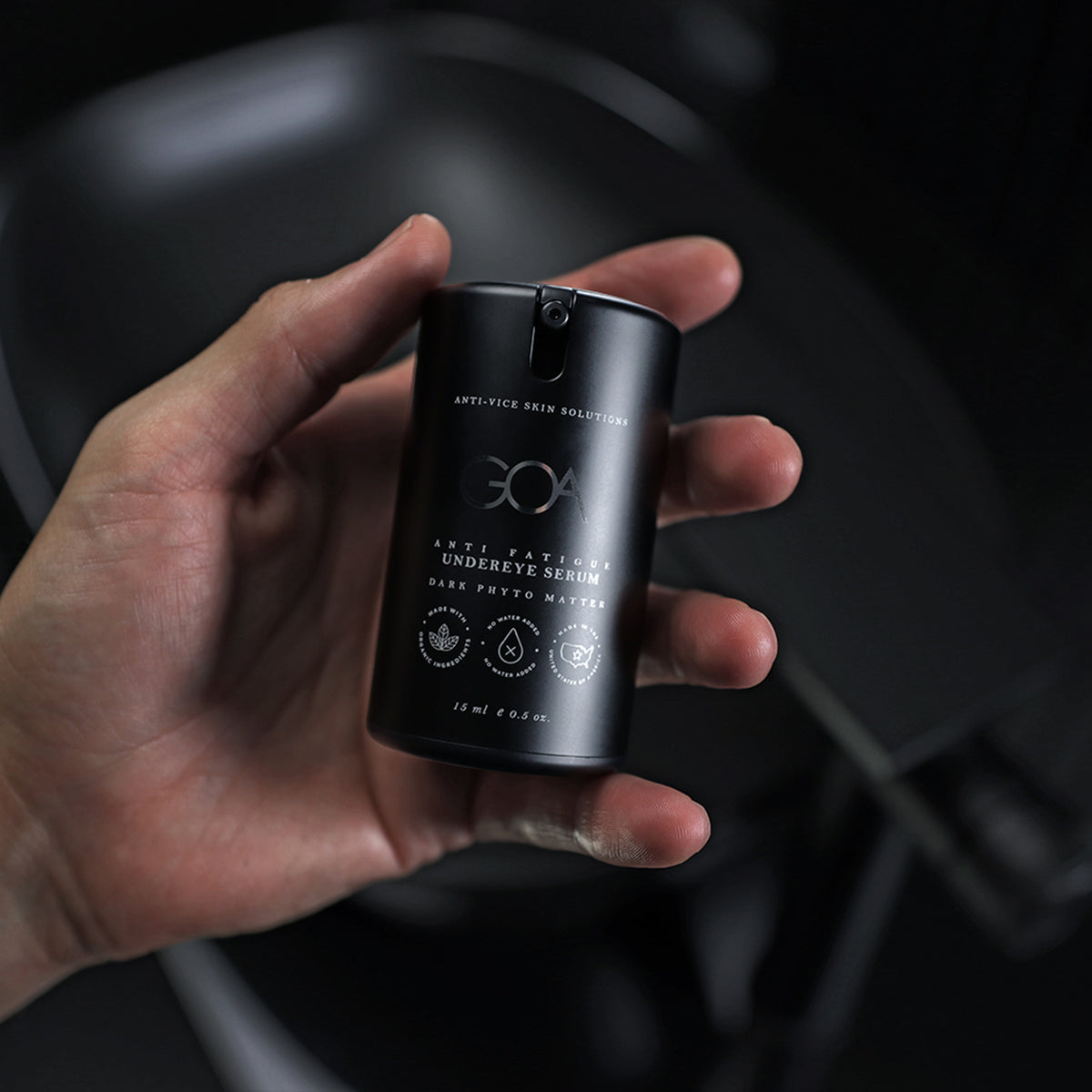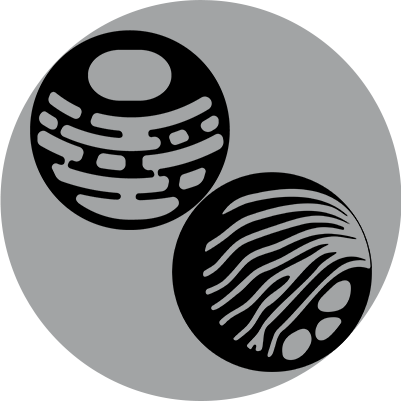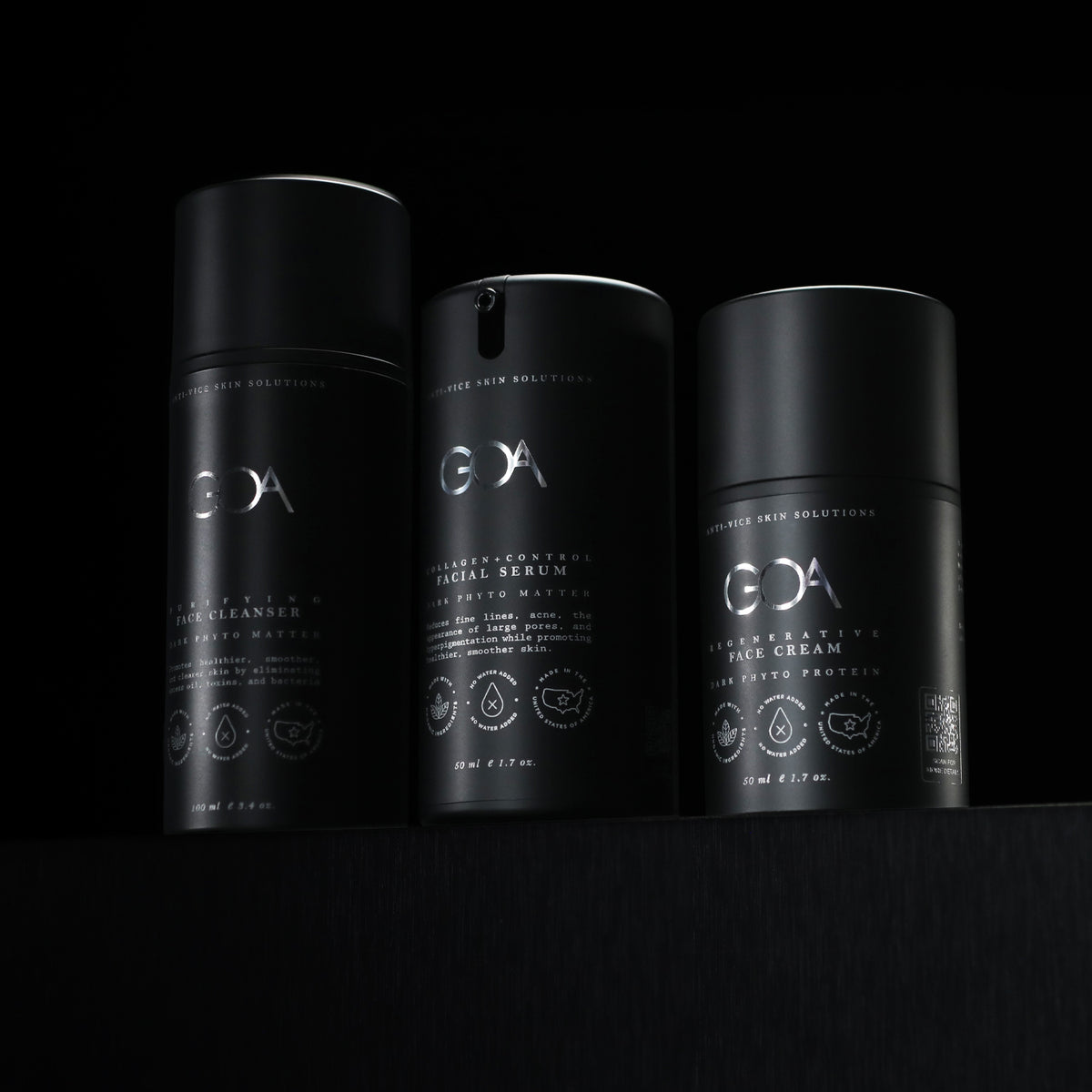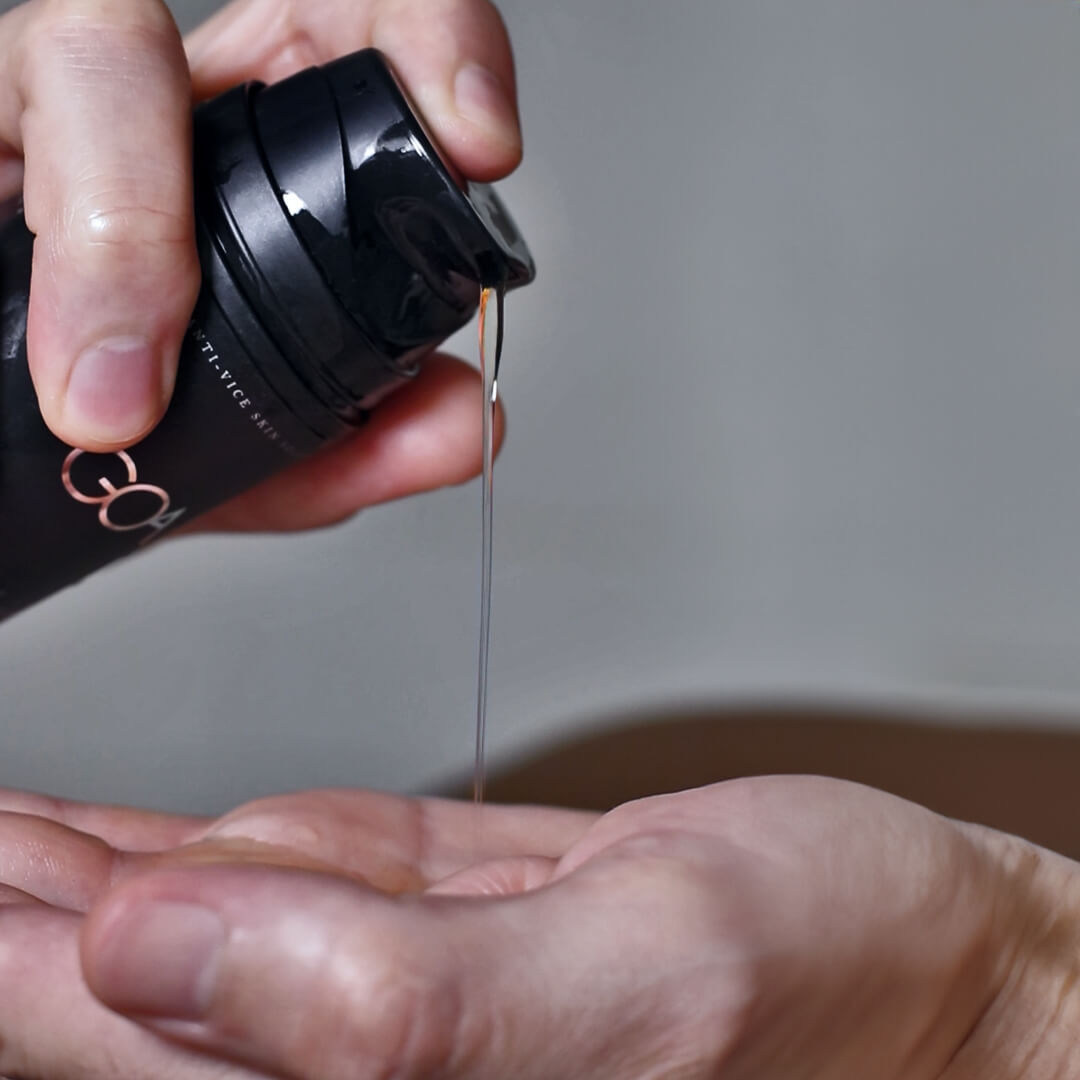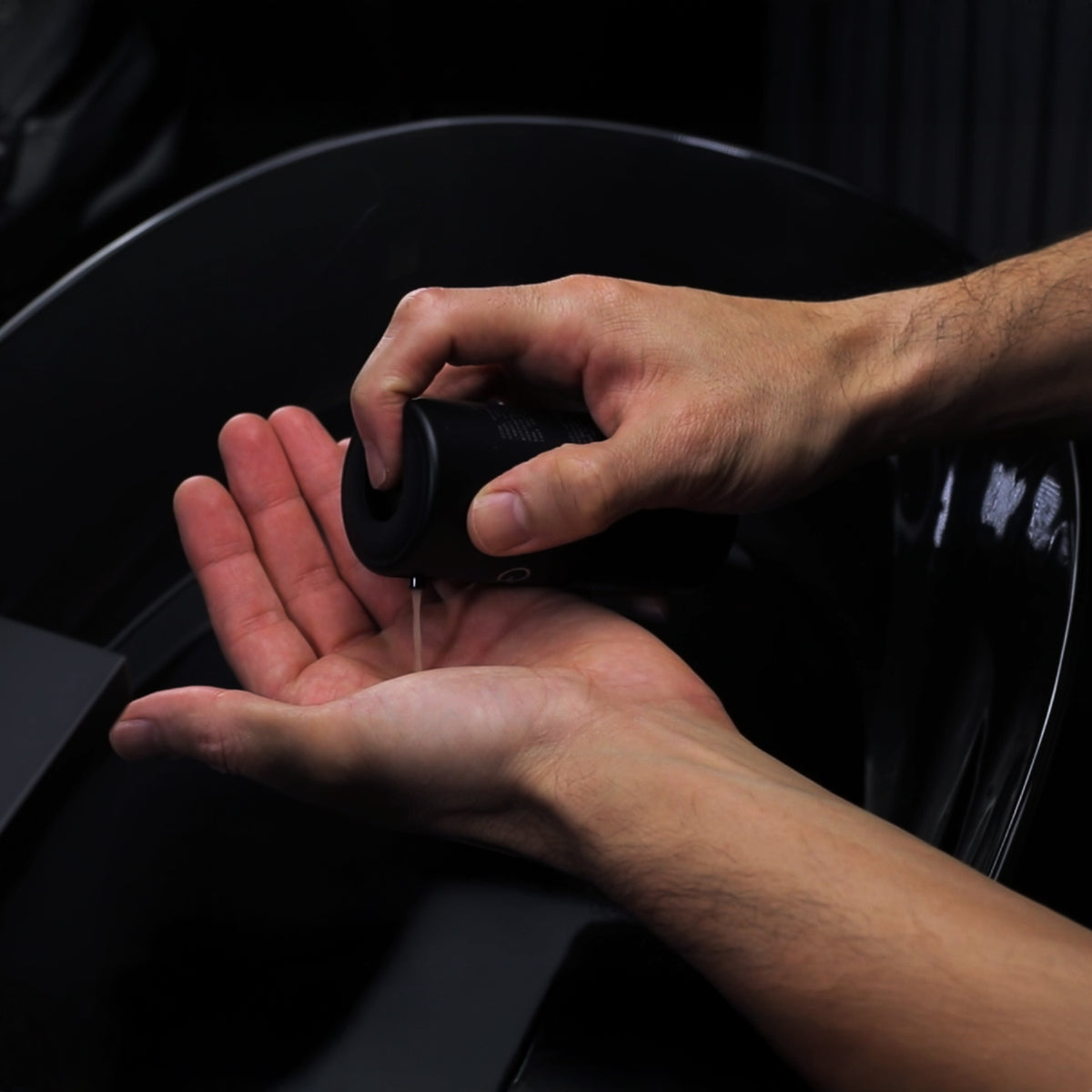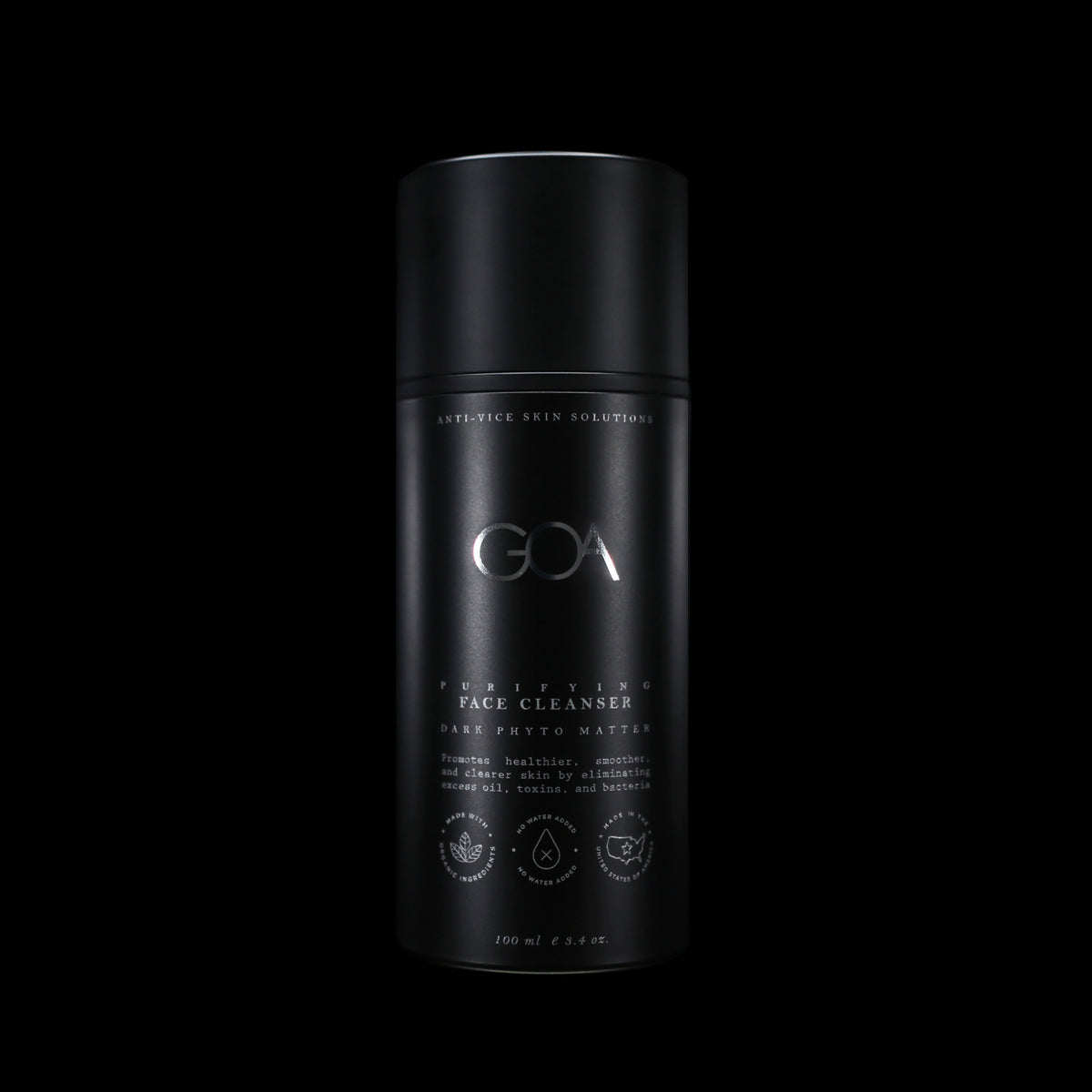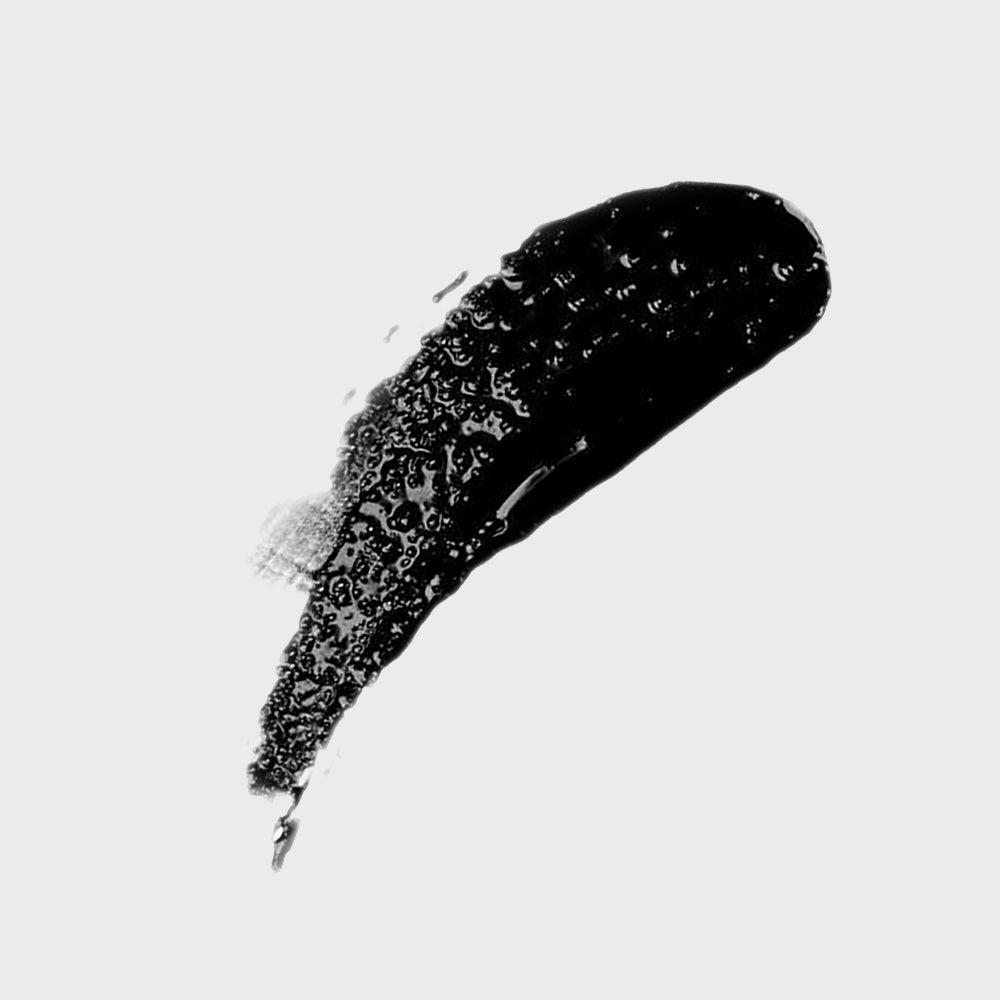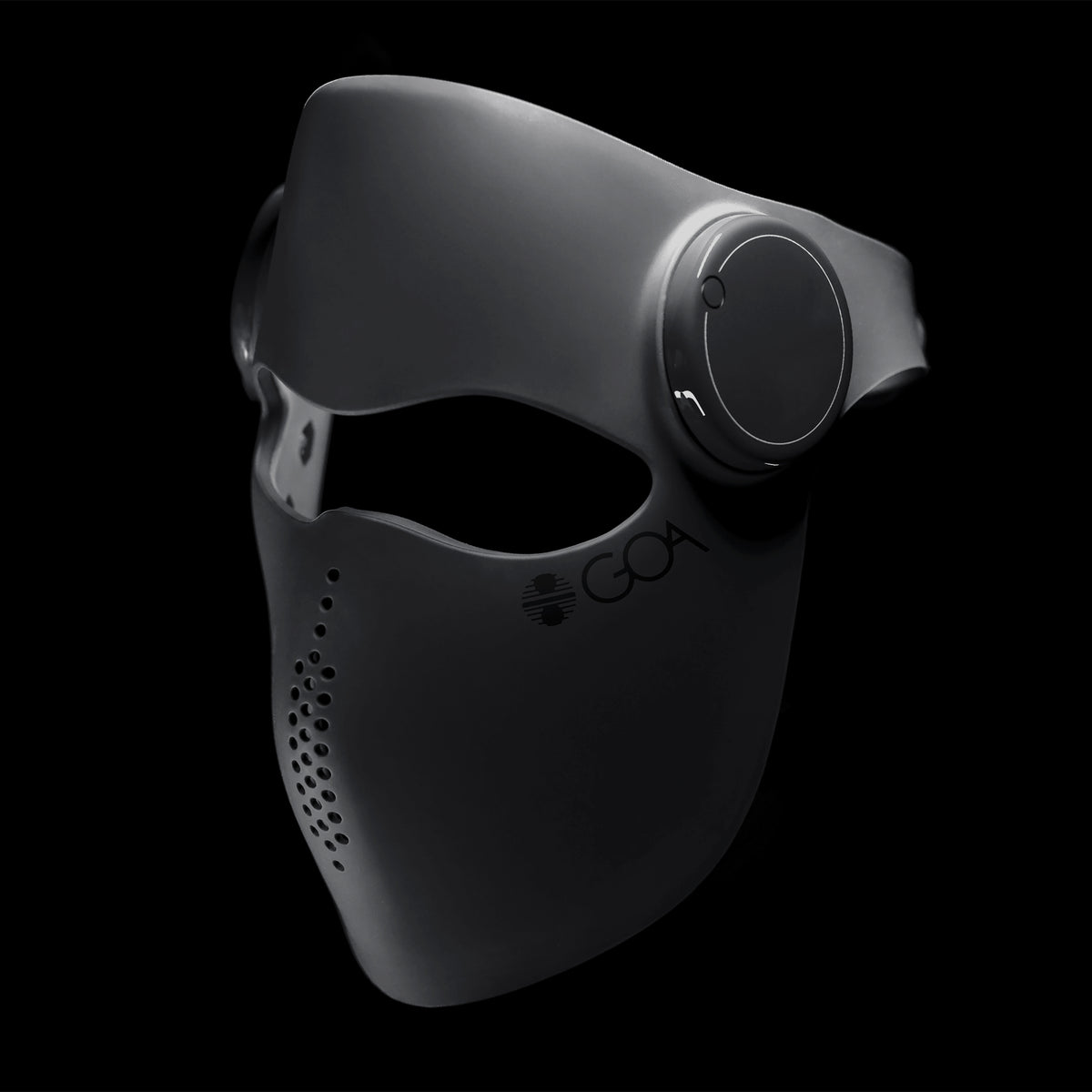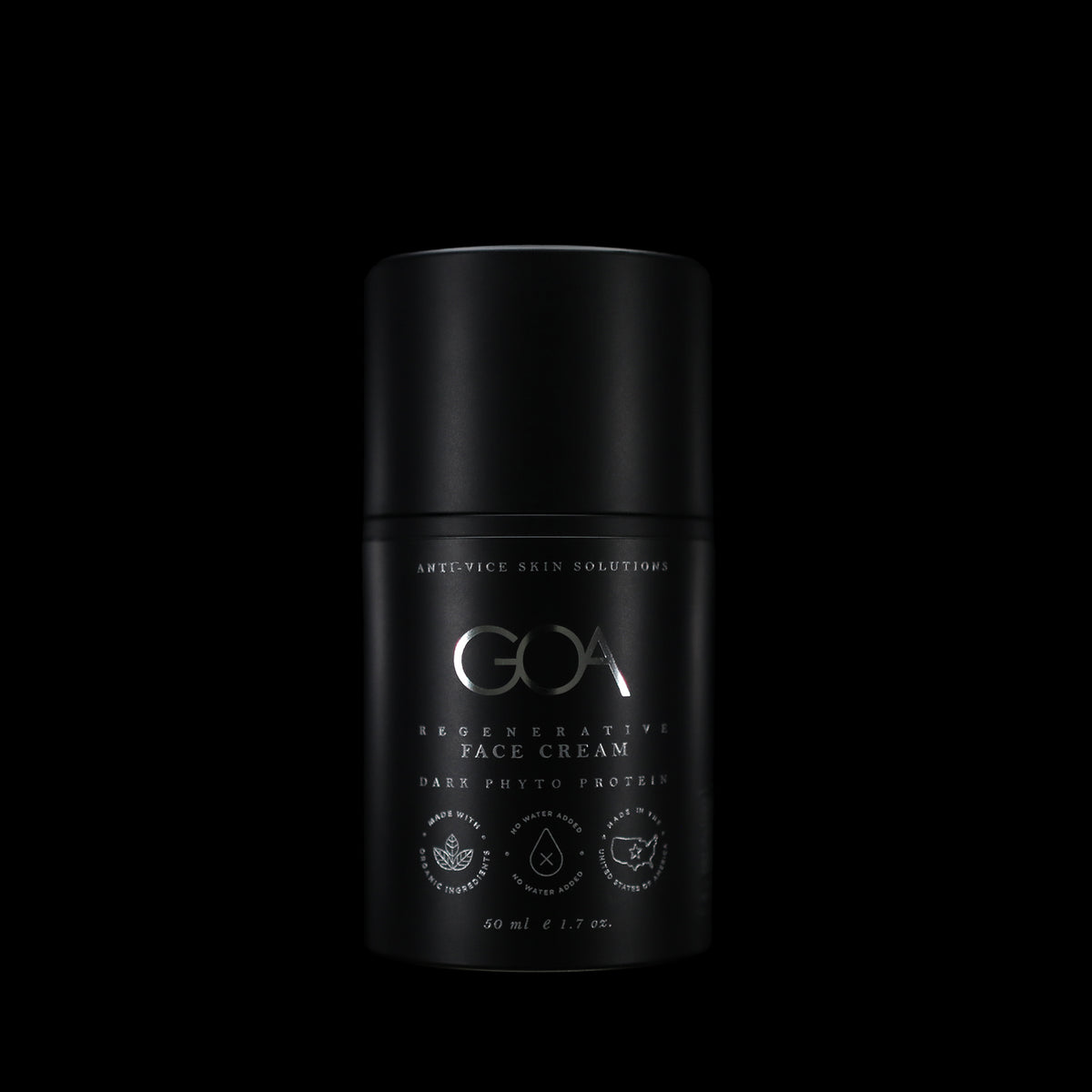The winter months can bring about a harsh and unforgiving climate, one that can leave our skin feeling dry and depleted of nutrients, much like the barren and frozen tundra of the world. The more the skin is exposed, the more damage it can cause, creating clogged pores and inflammation for example. Enter the realm of Alpha Hydroxy Acids, or AHA's, like Glycolic acid. This powerful acid, derived from sugar cane, works by breaking down the bonds between dead skin cells on the surface of the skin – but its secrets don’t stop there.
Glycolic acid offers an incredible range of optimizations for the skin:
Glycolic acid exfoliates the skin and breaks down the bonds between dead skin cells on the skin's surface – these are known as desmosomes. As soon as that happens, dead skin cells can be easily removed.
In addition to exfoliating the skin by breaking down the bonds between dead skin cells, Glycolic acid also stimulates collagen production in the skin. Collagen is a protein that gives skin its strength, elasticity, and firmness, as our body's collagen production decreases with age, it can lead to wrinkles and sagging skin. By increasing cell turnover, Glycolic acid stimulates the production of fibroblasts, which in turn increases the production of collagen, this can further improve the skin's elasticity, firmness, and overall tone.
Glycolic acid also has a hydrating effect on the skin. It increases the water content of the upper layers of the skin, improving hydration and overall skin health. Furthermore, by unclogging pores, Glycolic acid can reduce the formation of acne and blackheads.
Dry skin can clog pores when there is not enough natural oil (sebum) produced by the sebaceous glands to moisturize the skin. When the skin is dry, it is more prone to flaking and shedding dead skin cells which can accumulate in pores as ‘biowaste’. This leads to clogged pores, also known as comedones, which can manifest as blackheads and whiteheads. Glycolic acid's small molecular size allows it to penetrate the pores and dissolve the dirt and other impurities – helping to remove the accumulated debris and unclogs those pores!
It's important to note that when using glycolic acid, it's best to start with a low concentration
and gradually work your way up to higher concentrations as the skin becomes accustomed to it.
The pH of the product also plays a crucial role in its effectiveness. A pH range between 3.0 and 4.0 is ideal for promoting the breakdown of desmosomes and the exfoliation of dead skin cells – it's important to consult a skincare professional for personalized advice on the best pH range and concentration for your skin type.
Additionally, it's important to use sunscreen every day (yes, even in winter) when using glycolic acid products as it can make the skin more sensitive to the sun if not used properly.
AHAs like Glycolic acid can provide a solution to dryness during the winter months – with its ability to exfoliate, stimulate collagen production, improve hydration, unclog pores, and improve overall skin health, Glycolic acid can effectively take back that winter damage.


















